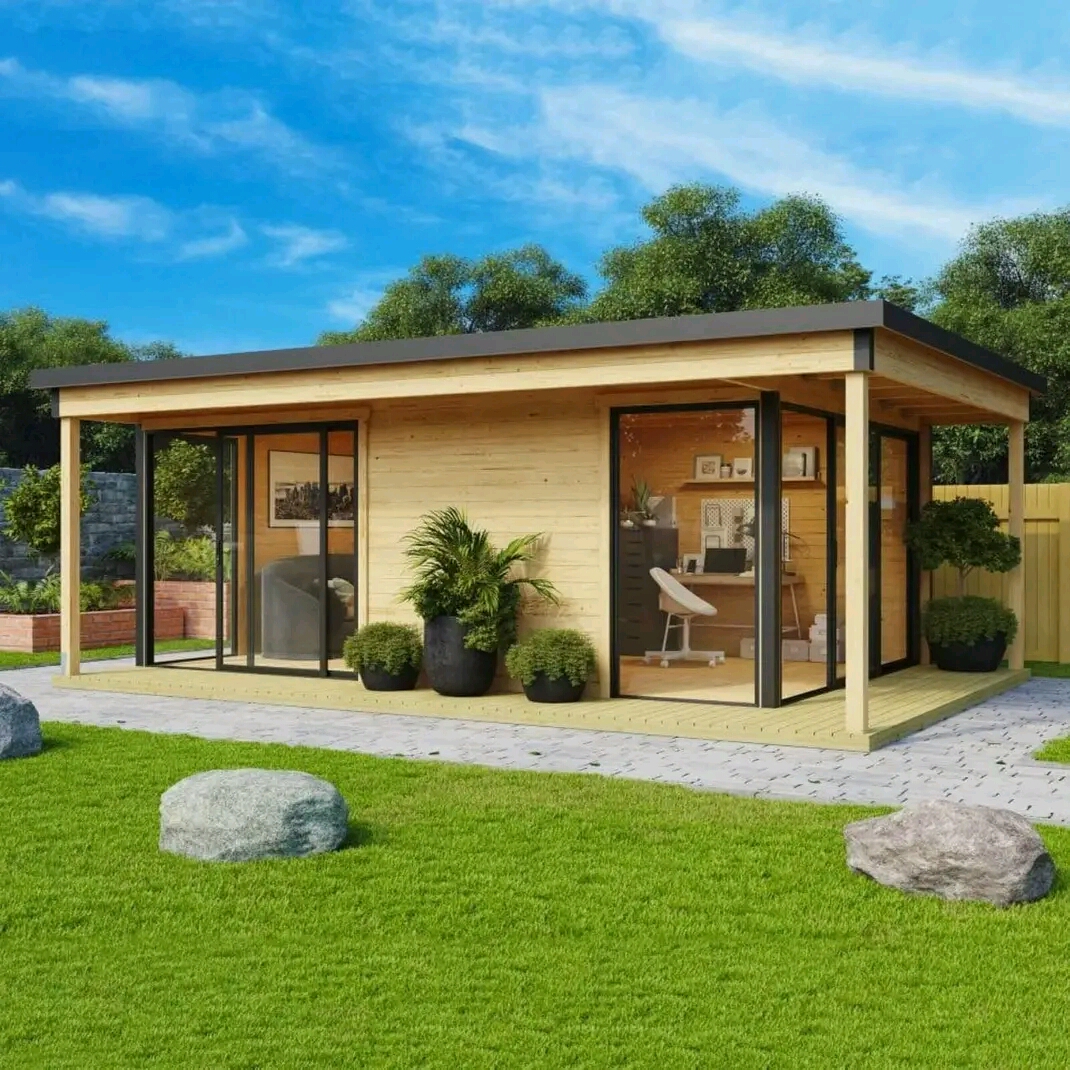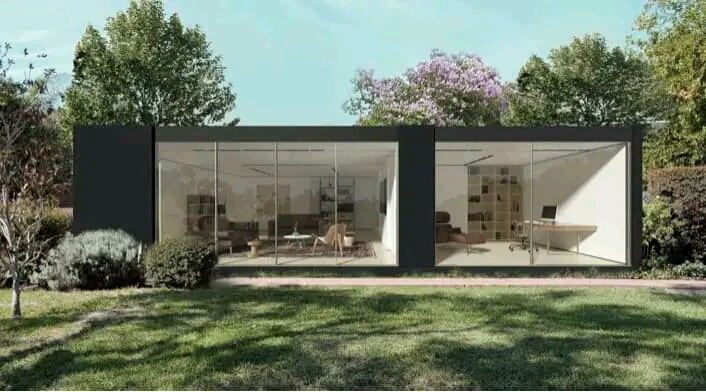BENEFITS OF GRANNY ANNEXE

Benefits of Granny Annexe
This article on the benefits of Granny Annexe gives answers to many questions you may have about Granny Annexe. Starting from the meaning of Granny Annexe, its benefits, its cost and some more.
If you own a property with sufficient space in your garden to accommodate a granny annexe, you might already have considered building one for a family member.

Of course, there are many questions about the advantages and disadvantages of building a granny annexe, so if you’re trying to decide whether it’s the right course of action for you, then this article on the benefits of Granny Annexe is for you.
Granny Annexes – What Are They?
In simple terms, ‘granny annexes’ are secondary buildings that are constructed away from your main house, typically in a garden, usually to accommodate elderly relatives, hence their name. While it’s still one of the most common reasons for constructing an annexe, particularly with high fees for care homes in mind, their use has changed over the past few decades.
Now, homeowners are just as likely to build a granny annexe for their child as for their ageing parent! It’s an especially useful way for parents to give their children independence when they are struggling to get onto the property ladder. As an added benefit, it also increases the main house’s overall value.

Why buy a granny annexe?
A granny annexe offers value in a variety of ways, helping boost your finances and quality of life. A garden annexe provides a comfortable extension to your home that can be used for a garden office, granny flat or family room – the opportunities are endless.
What is the benefit of building a granny annex?
What is more, by building a granny annexe on your premises, you can increase the selling value of your house – properties with garden annexes tend to have a high value in the UK market and usually sell very quickly.
Do Granny Annexes Have Any Planning Rules?
If you’re thinking of building a granny annexe, you’ll need to find out whether you have to apply for planning permission. There are several factors that are taken into account, including whether the annexe will be covered by the Caravan Sites Act. If your intended annexe will be classified under the Caravan Sites Act as a mobile home, and it won’t be rented out or sold separately from your main house you may require no planning permission. However, you’ll require a local authority Lawful Development Certificate to confirm this and to clarify the annexe will be “incidental” – this means that is seen as another of your main residence’s rooms, but in an outbuilding form.
A Granny annex built under the Caravan Act still have rules to follow when building a annex under the Caravan Act. The caravan Act dictates maximum sizes for the building:
The length of the building should be no longer than 20m
The width of the building should be no wider than 6.8m
The overall height of the building should be no taller than 3.05m
The use of the annex needs to be incidental to that of the main house. You, therefore, couldn’t build an annex for use as an AirBnB under these rules as that would be a business rather than incidental to the use of the main house.
The annex must also be moveable in one or two sections by lorry and lifted into position by crane.
If the building is in two halves, they will be bolted together and the joints sealed. The final job is to connect the kitchen and shower room to the mains services.
The annexe will be ready to move into within a couple of days.
It’s wise to hire an expert in planning in situations like this, as a mistake could be expensive to rectify at a later date.

How Large Can I Make My Granny Annexe?
The regulations vary between councils but in general, the footprint of any annexe cannot be bigger than that of your main house. Also, it’s likely the combined main property and annexe footprints will be considered in relation to all the land that you own. The greater the percentage you’ll be building on, the harder it is to get planning permission.
How Much Will A Granny Annexe Cost?
As you’d imagine, there are many variables in the cost of building a granny annexe. The price will depend on whether you’re building it from scratch or buying a pre-designed garden portable annexe. The size and build type will also affect the price as will the fittings and fixtures. On average, though, building a granny annexe in Isle of Wight will cost you somewhere between £30,000 and £120,000.
Do I Have To Pay Council Tax For A Granny Annexe?
If one of your family members lives in your annexe there will be no council tax to pay if they are dependent, or it’ll be reduced by half if they are non-dependent. If somebody lives in the annexe who isn’t one of your family members, though, the full amount of council tax applies.

What Is The Difference Between A Granny Annexe and a Granny Flat?
A granny annexe is an external extension that is built somewhere on your property, usually the garden. A granny annexe is a specially designed and purpose-built home that is made with elderly residents ease and comfort in mind.
They are often compact and one story but still have everything you could possibly need from a home. All of the family annexe granny annexes come with a fully fitted kitchen, choice of shower room or wet room and we annexe with one or two bedrooms depending on what you and your family need.
SEE ALSO : THE FUTURE OF REAL ESTATE IN AMERICA
A granny flat is slightly different. A granny flat is usually a modified area of an already existing part of the house, often a basement, attic or somewhere that is deemed out the way of the main family living area.
Comments are closed.